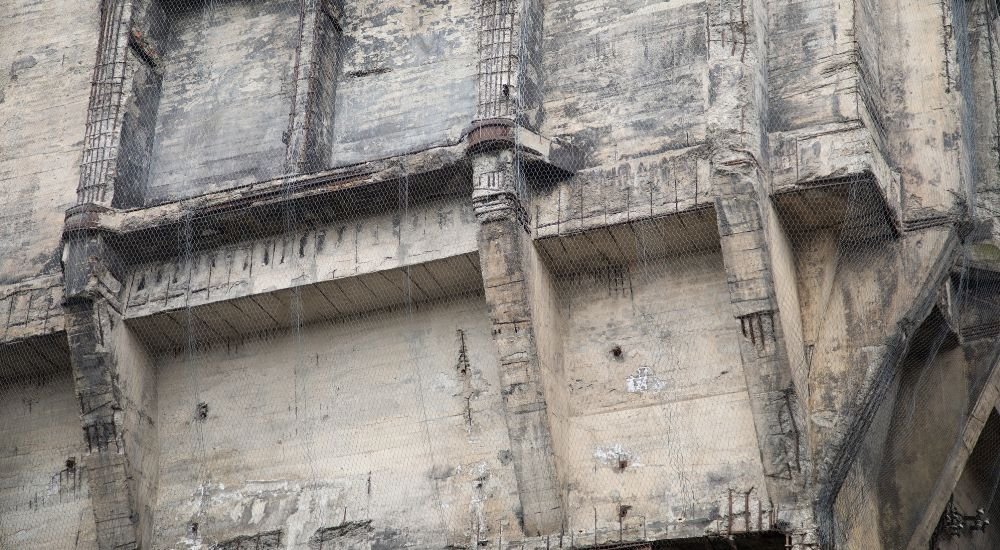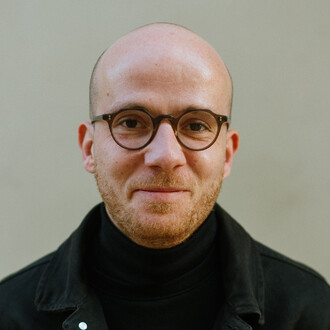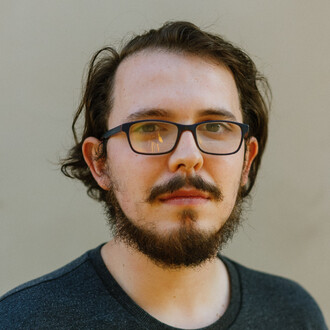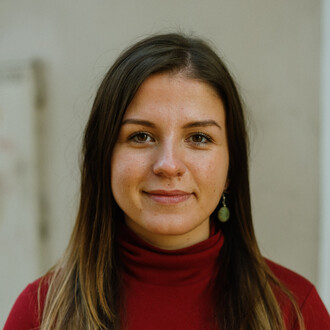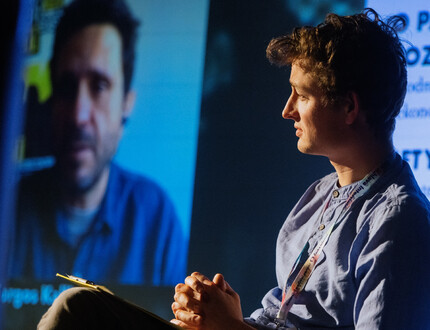“The discovery of coal on the banks of the Ostravice river in the early 18th century, marks the beginning of the history of Ostrava. If coal had not been discovered, there would have been no Ostrava. When Ostrava was founded, an artificial city was created. Not like those other cities that took hundreds of years to develop. It was created when several subregions merged and people started to move to the city to look for work in the mines.”
As illustrated by the story of Ladislav (70+), who spent most of his working life as a coal miner in one of Ostrava’s many mines, the location chosen for our case study has been closely associated, if not defined by, coal mining, since its early days.
While Ostrava’s industrial history dates back as far as the 18th century, it experienced its greatest boom during the socialist period, particularly in the 1980s when coal mining was the primary fuel of the national industrial production. It provided the main source of local employment and economic wealth and gave Ostrava and its inhabitants a sense of identity, belonging and pride.
With the postsocialist transition in the early 1990s and the subsequent restructuring of the national economy, it was decided that most of the mining operations would close down. The industrial production deteriorated sharply and so did the importance and prestige of coal mining. The ensuing decline in employment opportunities in the region, which had reached unprecedented levels (in numbers), led to a dire economic crisis and social discontent. The local sense of injustice was further aggravated by the questionable and fraudulent nature of the privatization process, which transferred large amounts of collectively acquired wealth to the hands of very few individuals.
Zooming in to Ostrava’s experience of the transformation gives us a unique perspective of the dynamics through which global processes of industrial rise and fall impacted locally specific and historically contingent realities. The case study of Ostrava simultaneously attests to the vulnerability of places in transition. It tells the story of those who once found themselves on the “winning” side of history and suddenly slid into conditions of precarity. These sudden ruptures continue to inhabit the collective consciousness and the ability to imagine the future beyond individual growth and profit.
Mutual core
Through ethnographic research and in-depth interviews with former Ostrava miners, steelworkers, researchers, urban planners, social workers, and activists, the project investigates and draws connections between Ostrava's mining past, its post-industrial present and its envisioned green future. It explores the concept of “Limits to Growth” – originally introduced by the Club of Rome in 1972 – by highlighting the parallels and discrepancies between the current profit-driven socio-economic and political models and the proposed alternative that the Green Transition encapsulates.
The history of the Czech fossil fuel revolution had its unique identity which was one of the coal miner (horník). As recounted by one of our participants, “after the morning shift when we came out of the mine, the pioneers would be waiting at the top to give us flowers.” The myth of the miner is not only inscribed in people’s memory. The buildings in Ostrava are silent observers of the lost glory, which became engraved in their facades and remains mostly unnoticed by the eyes of those passing by. During one of our interviews, Dr. Nicole Horáková, a sociologist based at the University of Ostrava, contested that “these men and women (the former miners), who during the communist era were the pride of the working class, today represent only a number in the statics and we do not know anything about them.”
In the main outcome of our project – a video essay –individuals who appear unrelated within the socio-political course of life, represent key actors of an interdependent and complex narrative of transformation(s). They partake in the story as equal witnesses to a changing temporality, sharing with us their lives defined by struggle, hope, anxiety, and personal and collective agendas. Their voices come together like sounds without faces.
Landscapes and archival materials become a visual guide that takes the viewer to places that shaped these lives and vice versa. They echo traces from the past while offering a truncated perspective of what is yet to come. The future narratives fragment, ramify overlap, and bend. They become disembedded and unclear. If once the industrial backbone of the country borrowed its agenda from the people, the green transition appears to be outsourcing its own agenda from and to multinational corporations.
Society is traditionally understood as a large group of people living together in an organized way. Similarly, a digital video as we know it today, is a collection of pixels, positioned in a defined space, related to a specific framework (the screen, the phone, the projection surface…) and coordinated by a given timeframe. All these parameters work in an alliance to render an image that can later be captured by our sight and read by our nervous system as complete information. It is more accurate to understand digital video as a sequence of carefully synchronised pixels. Video is the story of transition.
The method as the message…
On most occasions, videos do not encode full pixels for every frame as it would take up too much space and because there is a better alternative: compression.
Pixels are micro fragments composing a (digital) video, in the same way as individuals form society as a whole. Their coordination renders the image possible. By compromising the images of our video material, the final visual outcome becomes no longer legible due to the overlapped pixels, desynchronized and unrelated to one another. They either lack the knowledge of how the previous pixel transitions into the next scene or keep repeating the same process over and over again.
Therefore, the reason to work with compromised images, in all its banality, is not only to take the past into account when programming the future, but also to acknowledge how past patterns can easily corrupt the shape that the future will take. In the context of our project, what may seem as a technical exercise is in fact an attempt to visualize the limits to imagining the future as perceived by our participants, and the current system’s limits to envision a future beyond growth (as embodied in the paradigm of green capitalism).
Mutual Core frames how nostalgia for the socialist past and the current trends towards a greener and a more sustainable future resemble the existing profit-driven socio-economic models. It sets out to provide a visual metaphor for, and align with, our belief that the past must be considered while designing the future. Simultaneously it seeks to illuminate how patterns from the past can easily corrupt present actions and imagining the future.
From fossil energy to green energy, from capitalism to green capitalism: what shape will the future take if built on principles that mirror, if not amplify, the same modes of existence and relations we struggle with and that ought to be revised?

